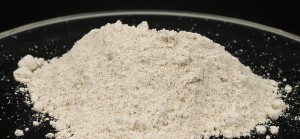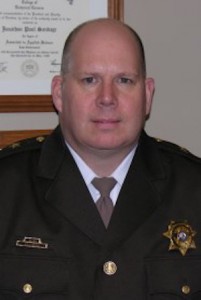Law enforcement across Central Illinois stepping up drug enforcement
By Dave Fidlin For Chronicle Media — February 24, 2016Second in a series looking at the rise of drug use in the Central Illinois region.
As McLean County Sheriff Jon Sandage is quick to point out, numbers do not lie.
When the books on 2015 were closed and number crunching ensued, sheriff’s deputies within the county made 46 percent more drug-related arrests than they did the prior year.
Moreover, their seizures revealed a 600-percent rise in hypodermic syringes — the instruments commonly used to shoot up heroin.
As Sandage explains the numbers, the story is two-fold. On one hand, he links the increased numbers to more proactive policing methods in areas where the sheriff’s department has jurisdiction — including county highways and the interstate system.
But it also points to ongoing concerns about the presence of heroin and another drug, fentanyl, which has gained popularity.
“We’ve been increasing our efforts, and it’s starting to show,” Sandage said in an interview with the Chronicle. “We’ve brought in a second canine because we think this is important.”
Across Central Illinois, law enforcement officials have worked with other agencies — including health agencies and schools — to spread the word about heroin’s dangers and ever-increasing spread into once unheard of areas.
The images of heroin being available only in dark allies in urban settings are no longer true, as evidenced by youth dieing of overdoses in suburban and rural settings.
Tazewell County grabbed headlines recently when it was revealed the number of drug-related deaths nearly doubled, from a dozen in 2013 to 20 in 2015.
From one county to the next, figures have suggested heroin, fentanyl and other dangerous drugs continue to grip the region. Heroin and fentanyl, in particular, are considered very dangerous because of their highly addictive nature.
Peoria County is another section of the Heartland that has been hit hard with increased usage. The spike is noticeable enough its sheriff’s department is attempting to band together as many law enforcement agencies as possible to seek meaningful solutions.
“We have especially seen an increase in heroin the past few years,” said Joe Needham, chief deputy of the Peoria County Sheriff’s Department. “It’s been serious enough that we’ve developed a task force. Right now, our main priority is to do what we can to try and attack this thing.”
In addition to buy-in from the Peoria County Sheriff’s Department, the task force includes representatives from the city of Peoria, the local office of the U.S. Drug Enforcement Administration and the Illinois State Police.
While law enforcement agencies throughout the region are reporting stepped up efforts to address the increased drug activity, there is one prevailing problem — budgetary constraints — that continues to challenge decision-makers.
Sandage points out the McLean County Sheriff’s Department no longer has an officer devoted to the DARE program, though he said he and his deputies remain committed to a front line of defense: educating youth on the dangers of drugs.
“Any chance we get to educate, we do,” Sandage said. “We view it as very important.”
— Law enforcement across Central Illinois stepping up drug enforcement —










